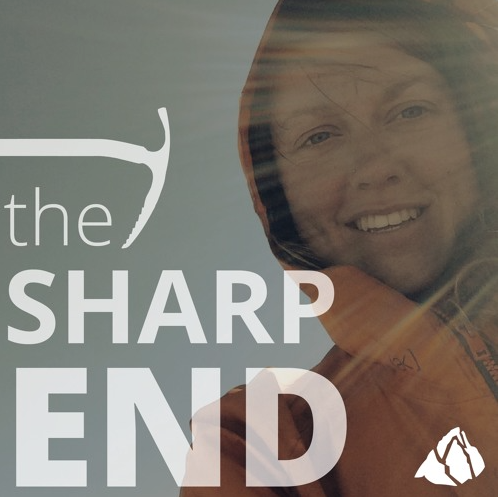Other Mishaps and Incidents
OTHER MISHAPS AND INCIDENTS
The annual review of accidents presented by this committee does not purport to be complete, although it is believed that the majority of serious or otherwise significant accidents are covered therein.
Each year a number of mishaps occur which can be considered mountaineering accidents only in a related sense. A few such incidents are briefly reported below.
In Rocky Mountain National Park, Colorado, two youths from Colorado A. & M. College were caught by a blizzard while on a mid-winter snowshoe trip in the North Fork area. They became lost and spent about forty-eight hours in the open. One of the young men was frostbitten.
A seventeen-year-old youth slipped and rolled two hundred feet down a ravine in the Sierra Madre Mountains, California. After he was found, he was transported by helicopter to a hospital.
Five Seattle high school girls became lost on Mt. Si in the Northern Cascades near North Bend, Washington. They were attempting to climb part way up the mountain during a Memorial Day picnic. The girls, all lightly clad and with entirely inadequate shoes, did not set out on their hike until mid-afternoon. A party of about eleven men including forest rangers, sheriff’s deputies, State patrolmen and members of the Mountain Rescue and Safety Council took part in the search which was started about nine o’clock that night. The girls were found twelve hours later.
A stunt flier gained widespread publicity in April, 1951, when he landed a Piper Cub on the 14,408-foot summit of Mt. Rainier. It appeared at first that he would require rescue, and two parties set out for the site. National Park Service Rangers William J. Butler, Dee Molenaar, Bob Johnson and Delmar Armstrong constituted the first party and Rangers Gordon Patterson, Cornelius Molenaar and George Senner plus two members of the Mountain Rescue and Safety Council, Wolf Bauer and Louis Whittaker made up the second rescue team. The first party, after a long and arduous climb in severe winter conditions, reached the summit to find that the flyer had been able to take off about an hour earlier, after having spent about twenty-four hours on the summit. This party was then obliged to spend the night on the top. Twenty below zero (F.) temperature and fifty mile an hour winds make the work of the rescuers very uncomfortable, if not dangerous.
Letters received from Glacier National Park and Olympic National Park indicate that the usual number of park visitors became lost or stranded and were late in returning from their trips, sometimes to the extent of being out over night. No serious consequences occurred this year, but these reports indicate that the number of near mishaps
to hikers and inexperienced visitors is larger than generally realized.

